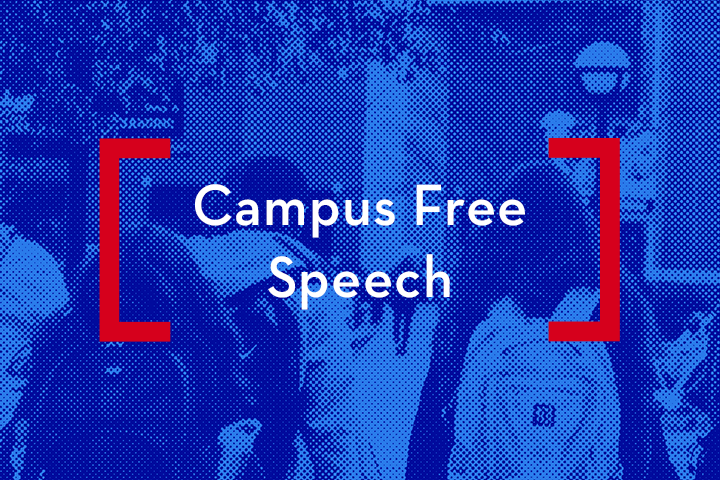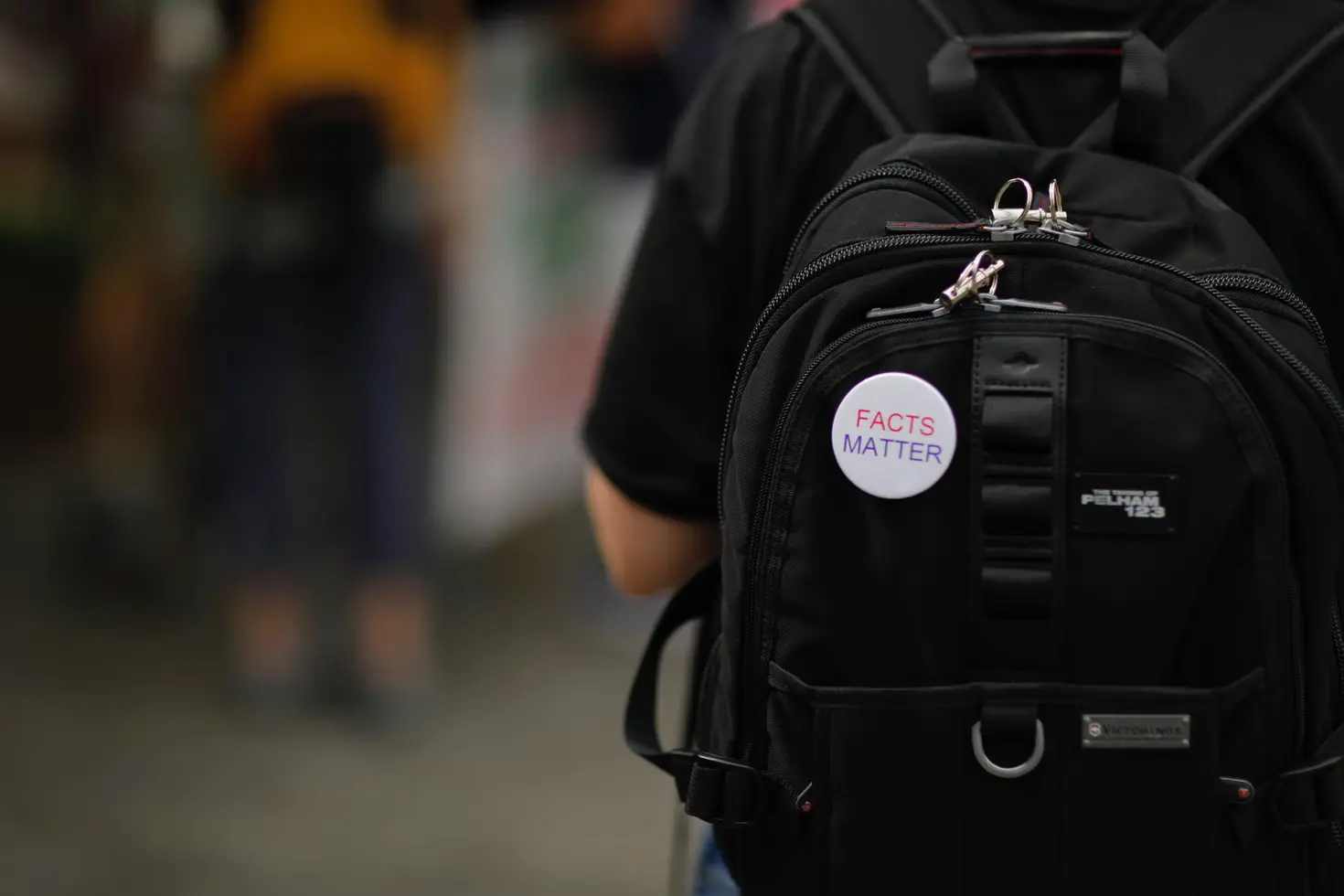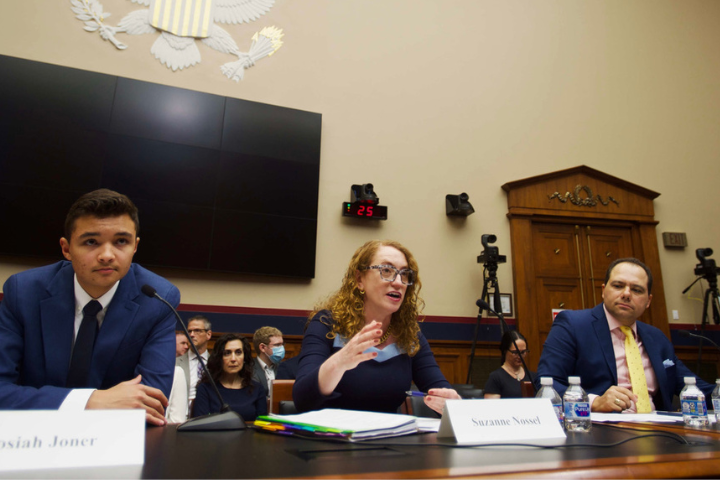Perhaps the best example of the conservative reversal in the 1990s and 2000s came from the NAS — which became a champion of free speech. In 2002, in the wake of the 9/11 terrorist attacks, the organization issued a strong statement arguing that “the intellectual freedoms fundamental to the academic enterprise must be safeguarded with particular vigilance in periods of stress” while critiquing liberals whom the NAS accused of failing to protect campus free speech over the previous decade: “Where, one wonders, have the newfound defenders of academic freedom been all this time?”
Yet, over the ensuing two decades, conservatives again began to sour on free speech on campus. They perceived liberal and leftist academics as corrupt influences and began to embrace the repressive solutions that their predecessors had demanded in the 1950s and 1960s.
Again, the NAS embodied the shift. In a Sept. 6 post titled “Defund Gender Studies,” the group’s director of research, David Randall, announced a radical change in the NAS position on academic freedom. The NAS would no longer oppose “legislatures’ attempts to defund gender studies, and similar pseudo-disciplines.” The group had no illusions about legislative intrusion into the academy. It admitted that such moves might be inappropriate or even illegal, and “would set a dangerous precedent.” But such action was necessary, “to address the corruption of the university and the peril to the republic.” Because “universities already embrace unprecedented intolerance and export it wholesale to the world,” it justified state legislatures defunding any campus department that seeks “policy change.”
Older conservatives within academia have also lost hope after a lifetime bemoaning how colleges are getting worse. John M. Ellis, a professor at the University of California at Santa Cruz, recounted 50 years of frustration in his 2020 book, “The Breakdown of Higher Education: How It Happened, the Damage It Does, and What Can Be Done.” Ellis declared that “campuses are now miserable caricatures of what they once were” and called for repression as the answer. He demanded “the removal of radical activists who politicize classrooms” and urged state legislatures to “investigate and then cancel funding for departments that are found to be hopelessly corrupted.”
According to Ellis, “when colleges and universities have so willfully ignored the purposes for which their independence was granted, and have corrupted themselves beyond their ability to self-repair, only outside intervention can restore them to the purpose for which they were created.” This message, that colleges are evil beyond self-repair, inspires conservatives to advocate taking them over or burning them down entirely.
A new generation of conservatives goes even further, seeing colleges as an enemy to be fought against rather than an institution needing change. They see academic freedom as a useless hindrance. Charlie Kirk, the 28-year-old founder of Turning Point USA, the fastest growing organization of campus chapters in America, argued in “The College Scam,” that conservatives should abandon and defund higher education entirely. Turning Point USA has even created a “Professor Watchlist” of radical leftists that it calls for purging from academia.
These conservative critiques expose how, in 2022, neither side in the campus speech wars wants to protect the other’s ideas. Even so, as they engage in this spiraling battle, the structure of higher education has changed radically in the past few decades. A campus culture once dominated by tenured professors has been replaced by hordes of vulnerable adjunct instructors, and vast armies of administrators (often with no education about or attachment to academic freedom) increasingly control campuses with the goal of squelching controversy. The left and the right both regard a principled devotion to academic freedom protecting all views as a dangerous conceit when faced with vile enemies, and these administrators agree with both sides seeking to eliminate offensive speech. Although campuses continue to pay lip service to academic freedom, it is increasingly a concept with more enemies than devout defenders.
As conservatives return to the rhetoric of their repressive roots denouncing academic freedom, the big question may be whether they will even face opposition.





